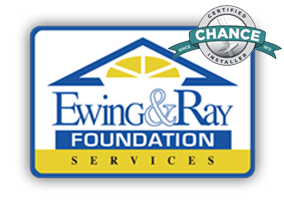One of the most common statements that I have gotten in my 15 years of working with clients is:
I have a crack in my sheetrock or brick, so it must be foundation settlement. Or even better, someone came over and walked around my house and saw a crack in the brick and told me that we need to lift the corner of the residence. (I call them the Crack Jackers)
We have found that not all cracks mean that your foundation has settled. Just like there are different types of breaks to a bone, there are different types of cracks for different movements of the foundation.
Well, how can this be determined?
1). You have to do your due diligence to properly perform a site visit. This includes a sketch of the residence and elevations that can be used to determine what is moving and what isn’t moving at the residence.
2) You need to note where the cracks area in relationship to the elevations and changes in elevations.
Using this will allow you to make an assessment of what is happening at the residence. If the cracks and the low area of the foundation are not in the same area, it may not be settlement. If someone is not smart enough to determine this, than they probably don’t need to be working on your foundation because they are probably about to mess it up.
Finally, if you are not sure what is happening, the best thing to do is to monitor the residence for a period of time, like over a few months to a year, and then compare elevations from past to present.
This is like looking at your health records from the past year and seeing what changes have happened. Then we really know what is happening.
This means that you may need to be patient to make sure that you are doing what is best for the situation.
If you have any questions about foundation repairs or concerns for a foundation problem please call us and we will be glad to assist you.
